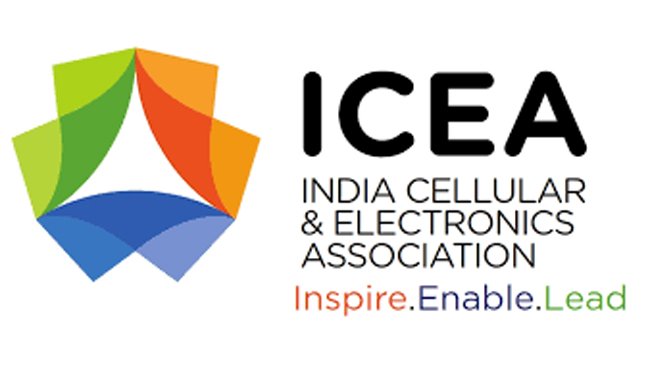
Jaipur, August 19, 2025.
India Cellular & Electronics
Association (ICEA), representing India’s leading mobile and electronics
manufacturers, has urged that mobile phones and components be placed in the 5%
GST slab reserved for essential goods. ICEA emphasises that the current 18% GST
is regressive, and that mobile phones - the primary tool of digital access for
over 90 crore Indians must be treated as necessities in the forthcoming GST
reform.
“The mobile phone is no longer
aspirational; it is essential digital infrastructure for education, healthcare,
financial inclusion, and governance. It should rightly be taxed at 5% GST, in
line with the Hon’ble Prime Minister’s GST reform agenda and his vision of a
USD 500 billion electronics ecosystem,” said Mr. Pankaj Mohindroo, Chairman,
ICEA.
In his Independence Day address,
Hon’ble Prime Minister Shri Narendra Modi announced next-generation GST reforms
focused on rate rationalisation and relief for everyday items. ICEA urges that
mobile phones, being indispensable to daily life and the backbone of digital
inclusion, be treated as essential goods in this exercise.
“India cannot build an inclusive
Digital India if the very device that enables it remains unaffordable for
millions. A 5% GST classification will restore affordability, stimulate demand,
and accelerate India’s journey towards universal digital access,” added Mr.
Mohindroo.
India’s mobile phone sector has emerged as one of the
greatest achievements of Make in India. Production has grown from Rs. 18,900
crore in FY15 to Rs. 5,45,000 crore in FY25, while exports have crossed Rs.
2,00,000 crore, making India the second-largest mobile phone manufacturer
globally.
At the same time, the domestic
market has weakened. Since the GST hike to 18% in 2020, annual consumption has
fallen from nearly 300 million units to about 220 million units. This has hurt
affordability, slowed replacement cycles, and disproportionately impacted
volume growth. With 99.5% of mobile phones sold in India now manufactured
domestically, stronger domestic demand will directly fuel production, deepen
value addition, and strengthen India’s global competitiveness.
When GST was designed in 2017,
the Fitment Committee tasked with assigning goods and services to appropriate
slabs followed a clear principle: GST incidence should match the pre-GST burden
to ensure continuity and avoid hardship. For mobile phones, the combined excise
and VAT incidence averaged around 6%, which naturally fit the 5% GST slab.
However, mobile phones were
initially placed in the 12% slab as a transitional compromise. The subsequent
increase to 18% in 2020 contradicted this principle and created distortions
that hurt affordability and slowed demand. In the pre-GST era, most states
consciously capped VAT on mobile phones at 5%, recognising them as essential
goods.
“Placing mobile phones in the 5%
slab is not a concession, it is a correction. It restores the intent of the
Fitment Committee and ensures coherence between GST design and the Prime
Minister’s vision for digital inclusion,” emphasised Mr. Mohindroo.
ICEA’s Position
·
Classify mobile
phones and components under the 5% GST slab, as essential goods.
·
Ensure
accessories and sub-parts are aligned accordingly, removing anomalies and
supporting domestic value addition.
A National Priority
Correcting GST on mobile phones
will deliver a double dividend: it will ease the burden on consumers while
directly sustaining India’s manufacturing base. Affordable devices will broaden
access for students, households, and rural users, while rising domestic demand
will anchor production growth. This step is vital for scaling towards the
Hon’ble Prime Minister’s reform agenda, USD 500 billion electronics vision and
advancing Digital India through universal access.